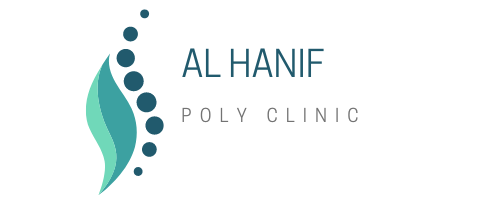
Erb’s Palsy is a condition that affects the nerves that control the muscles in the shoulder, arm, and hand. It is caused by damage to the brachial plexus, a network of nerves that run from the spine through the shoulder and into the arm. This damage can occur during childbirth, as a result of trauma or injury, or from certain medical conditions. Erb’s Palsy is characterized by weakness or paralysis of the affected limb, and it can have a significant impact on a person’s ability to perform daily activities.
Causes of Erb’s Palsy:
The most common cause of Erb’s Palsy is shoulder dystocia during childbirth, which occurs when the baby’s shoulder becomes stuck behind the mother’s pubic bone during delivery. This can put pressure on the brachial plexus nerves and cause them to stretch or tear. Other causes of Erb’s Palsy include:
- Trauma or injury to the shoulder, such as a fall or sports injury
- Tumors or other growths in the brachial plexus area
- Radiation therapy to the neck or chest
- Certain medical conditions, such as neurofibromatosis or muscular dystrophy
Symptoms of Erb’s Palsy:
The symptoms of Erb’s Palsy vary depending on the severity of the nerve damage, but they typically include:
- Weakness or paralysis of the affected arm, shoulder, and hand
- Lack of sensation or feeling in the affected limb
- Difficulty moving the affected limb, especially in certain directions or positions
- Muscle atrophy or wasting over time
- Developmental delays in motor skills, such as crawling or reaching for objects
Treatment of Erb’s Palsy in Physiotherapy:
Physiotherapy is an important part of the treatment for Erb’s Palsy, as it can help improve muscle strength, range of motion, and coordination in the affected limb. Physiotherapy treatments may include:
- Range of motion exercises to improve joint flexibility and prevent muscle stiffness
- Strengthening exercises to improve muscle function and prevent atrophy
- Electrical stimulation to help activate muscles and promote healing
- Massage and other manual techniques to reduce pain and improve circulation
- Splinting or bracing to support the affected limb and promote proper alignment
- Home exercise programs to continue progress outside of therapy sessions
At Al hanif Physiotherapy and Hijama centre, our team of experienced physiotherapists can work with you to develop a customized treatment plan for Erb’s Palsy that addresses your unique needs and goals. Our approach is patient-centered and holistic, focusing on restoring function and improving quality of life. Contact us today to schedule a consultation and learn more about how physiotherapy can help you or your loved one with Erb’s Palsy.
